April 19, 2024
Coast-to-coast: San Francisco to Savannah (Part 19)
By Simon J. Lau
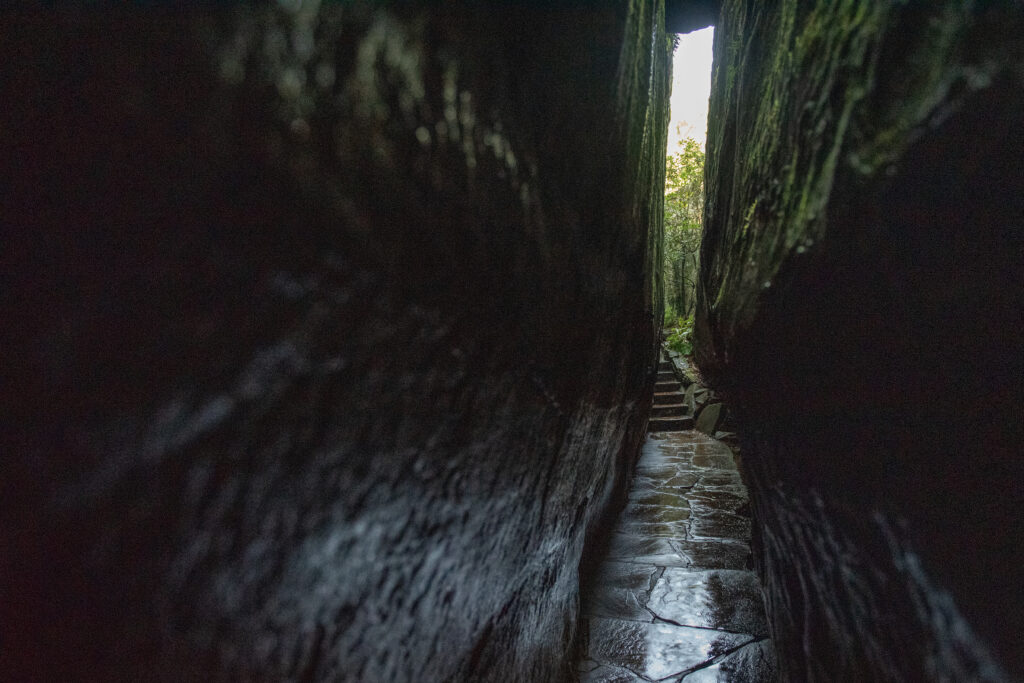

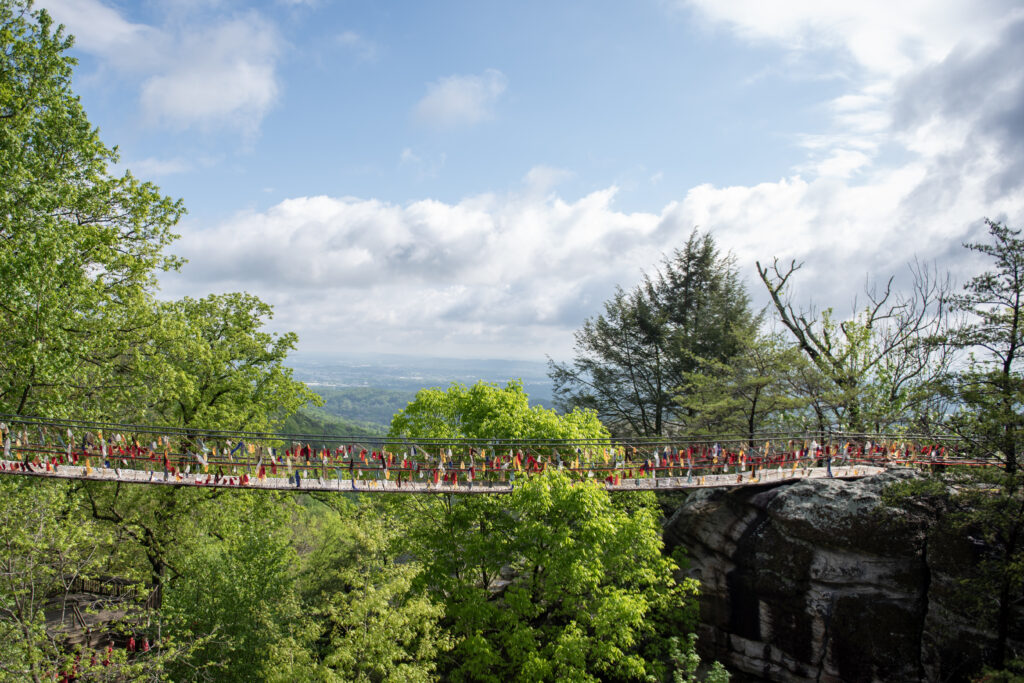
This morning we visited Rock City Garden, located atop Lookout Mountain in Georgia. It’s known for its sweeping vistas and unique rock formations. There are narrow passageways among moss-covered boulders and bridges that meander throughout the garden. I really enjoyed walking through these narrow pathways! Although, at times, it was so narrow it was difficult for me to pass (I was carrying a lot of gear including a backpack, side bag, DSLR camera, and leading Bruno). It made me wonder what would happen if I were just a few pounds heavier. Yikes!
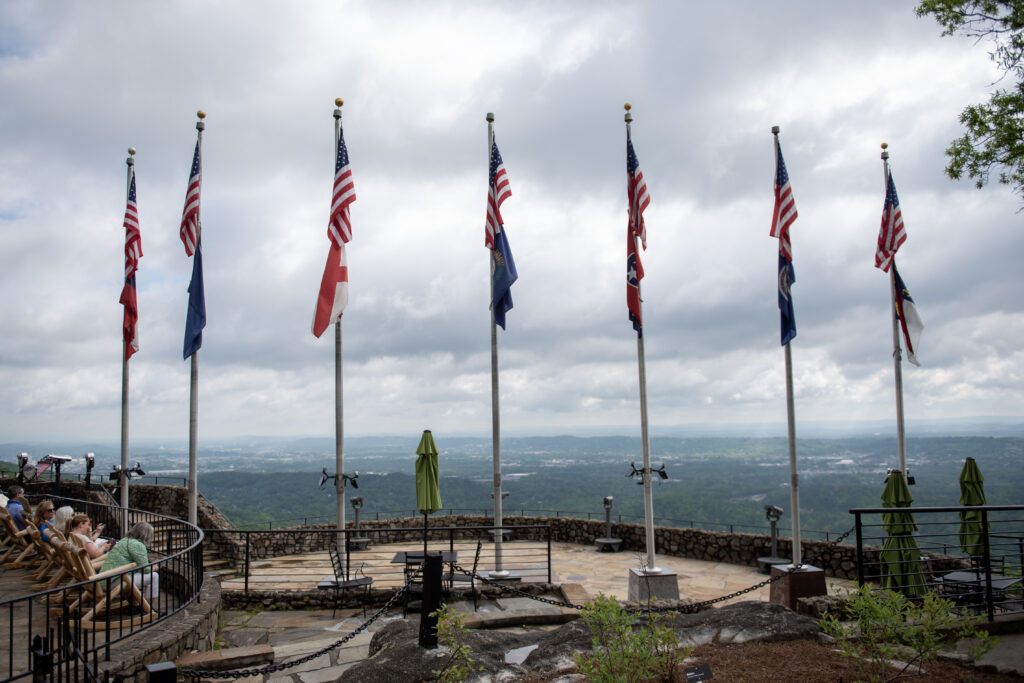

The vistas, however, were what I came for. From the top of Lookout Mountain, you can see up to seven states: Tennessee, Kentucky, Virginia, North Carolina, South Carolina, Georgia, and Alabama. I sat on the patio with Bruno here and just enjoyed the views. It was a very neat experience!
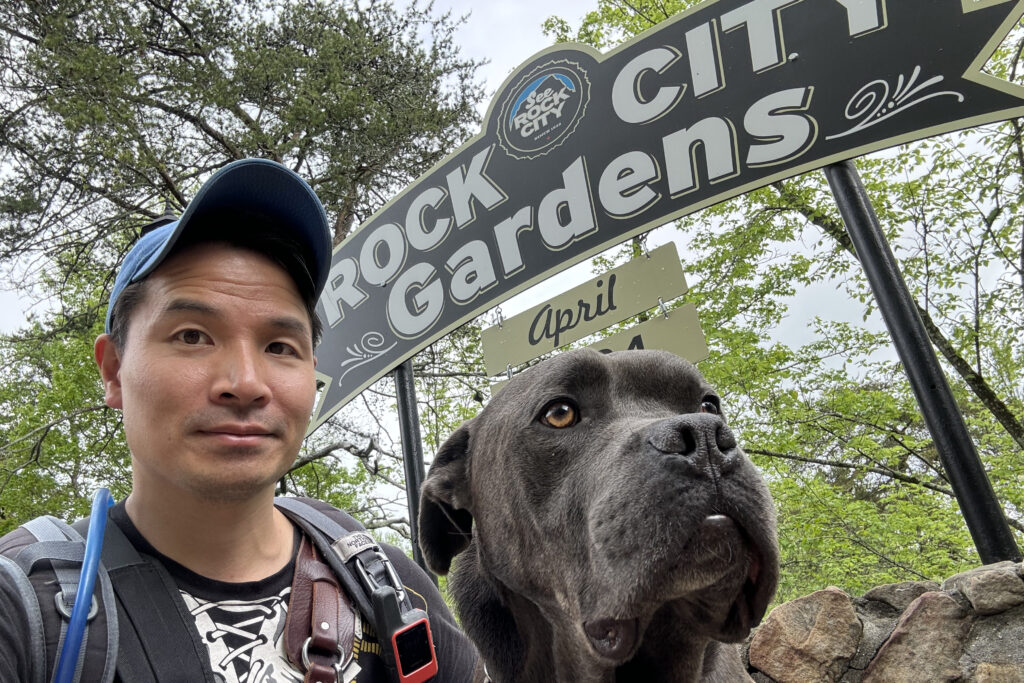
I only realized after I bought tickets that this place was intended for kids. First, it was very expensive for what I got ($36), which included a lot of gnomes and other fairy tale characters. Second, there were over 100 kids here for a field trip. (I forgot how loud kids are when they’re together.) When I mentioned this on my business school chat, my friend from Atlanta (not far from here) was like, “That place is for families.” Well, here I am, with my child, Bruno. I even came prepared rocking my pirate shirt.



After that, we visited Chattanooga. It holds historical significance primarily due to its pivotal role in the Civil War, notably during the battles of Lookout Mountain (mentioned earlier) and Missionary Ridge in 1863. These battles secured Union control of the city and facilitated further Union advances into the Deep South. The city’s post-war industrial development, particularly in iron and steel, further solidified its significance in the region’s economy.
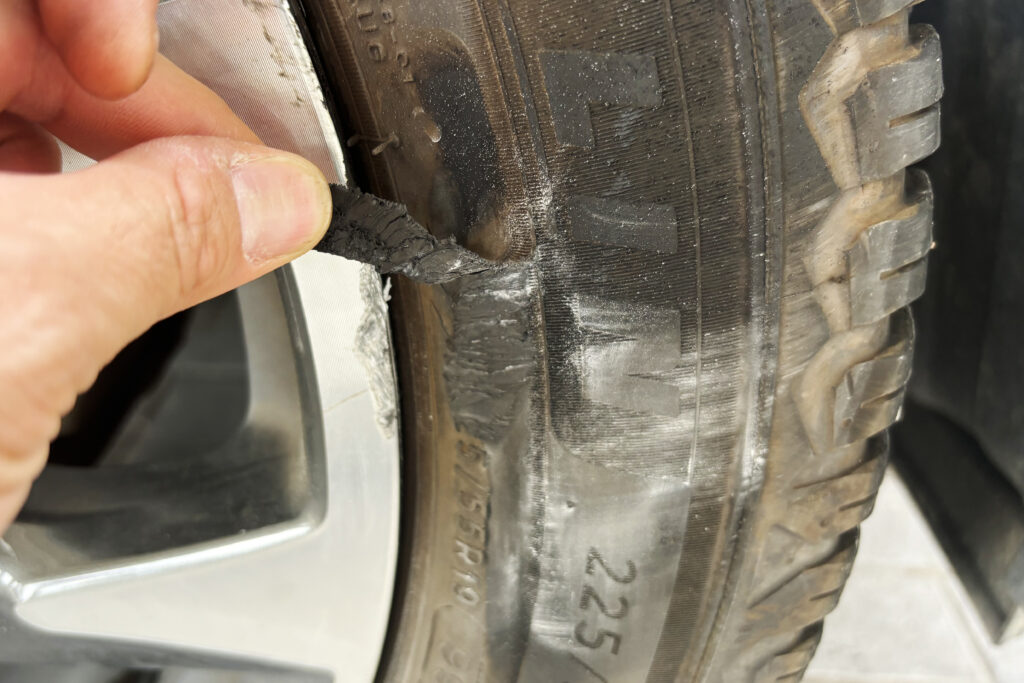
Sadly, as I was parking at Renaissance Park, I hit the curb and damaged one of my tire’s sidewalls. I was prepared to replace it, but after dropping by two tire shops, both places let me know that “it’s just cosmetic.” One employee went so far as to call it nothing more than a “flesh wound.” I’m keeping this tire for now, but let’s hope I don’t come back to regret this

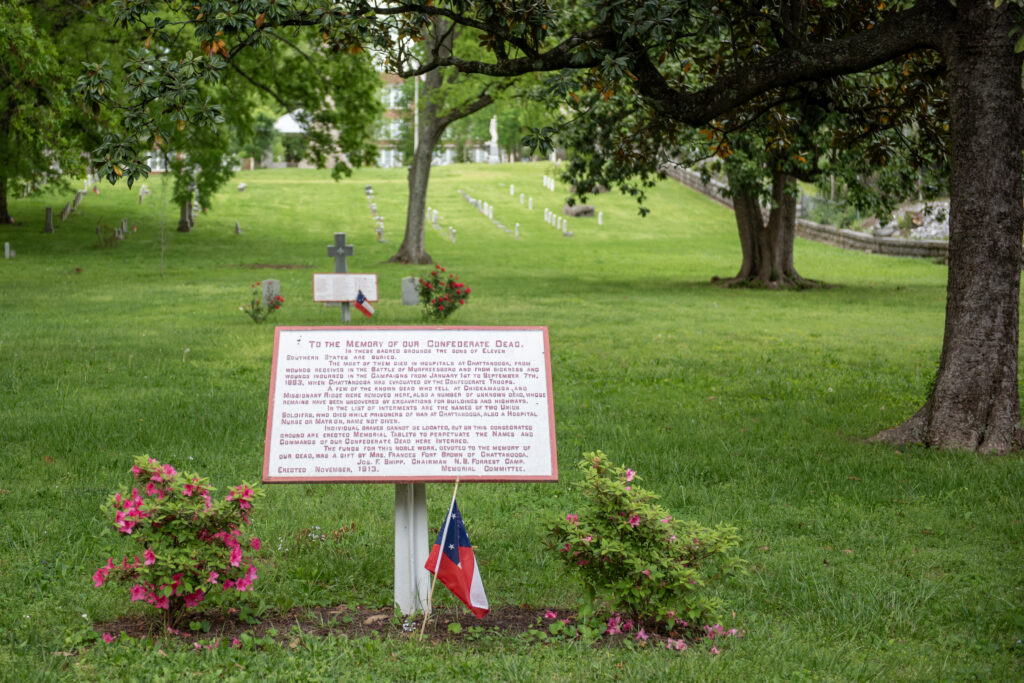

Finally, we visited a Confederate cemetery. This cemetery was established in 1863 after the Battle of Chattanooga, a significant Union victory. It holds the graves of over 1,600 Confederate soldiers, including many unidentified individuals (and two Union soldiers who died as POWs). Chattanooga was a strategic location in the war, and the cemetery served as a centralized resting place for fallen soldiers from various battles.
Adjacent to a citizen cemetery and backing up onto the University of Tennessee, Chattanooga campus, it has an unusual location. I was surprised to find a Confederate cemetery at all. Having come from the West, I had always imagined these would be mostly unmarked graves. However, after spending weeks traveling across the South, I’ve realized that Southerners continue to hold very strong opinions about the Civil War. I found this video that did a great job of describing the conditions that led to the Civil War.
What I found most interesting from this video was the discussion regarding southern states’ desires for greater sovereignty. This was initially reflected in the Articles of Confederation (the precursor to the US Constitution). This document created a loose alliance of independent states, granting limited powers to the federal government, primarily focused on issues such as foreign affairs and national defense. However, the Articles proved ineffective in governing the newly formed nation, as they lacked provisions for taxation, regulation of commerce, and enforcement of laws. This led to widespread dissatisfaction and the recognition of the need for a stronger federal government. As a result, the Constitutional Convention was convened to draft a new constitution, which ultimately replaced the Articles of Confederation with the US Constitution in 1789.
Since the founding of America, many Southerners felt that the federal government had become too powerful. This was exacerbated when Abraham Lincoln was elected President and he vowed to abolish slavery. By abolishing slavery, this would all but destroy the South’s agricultural industry. Taken together, this led to the outbreak of the Civil War. Until now, I hadn’t pieced together the strong central government and weak central government part of the puzzle, but now that I have, I understand some of why this dispute continues to rage on in US politics.

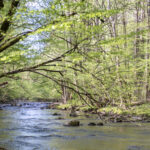


Comments are closed.